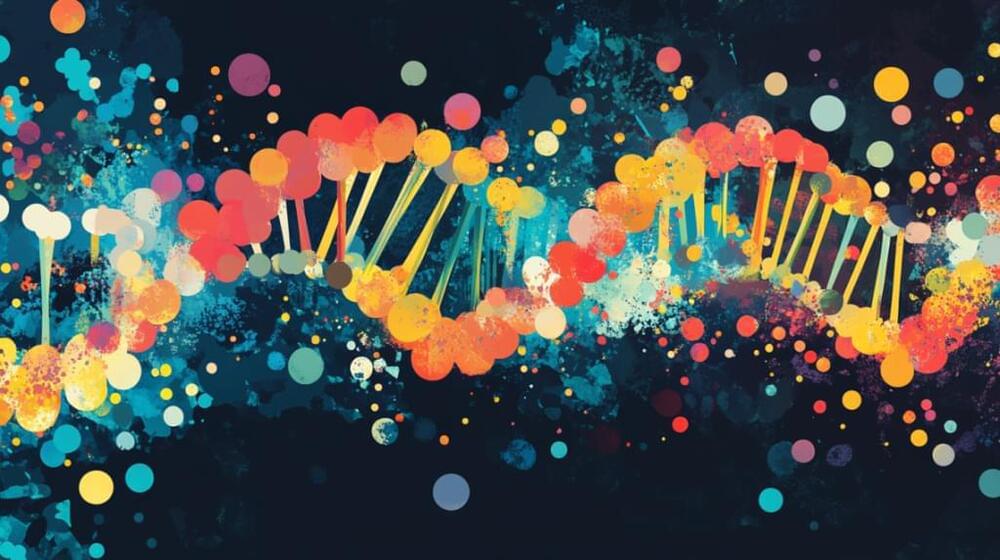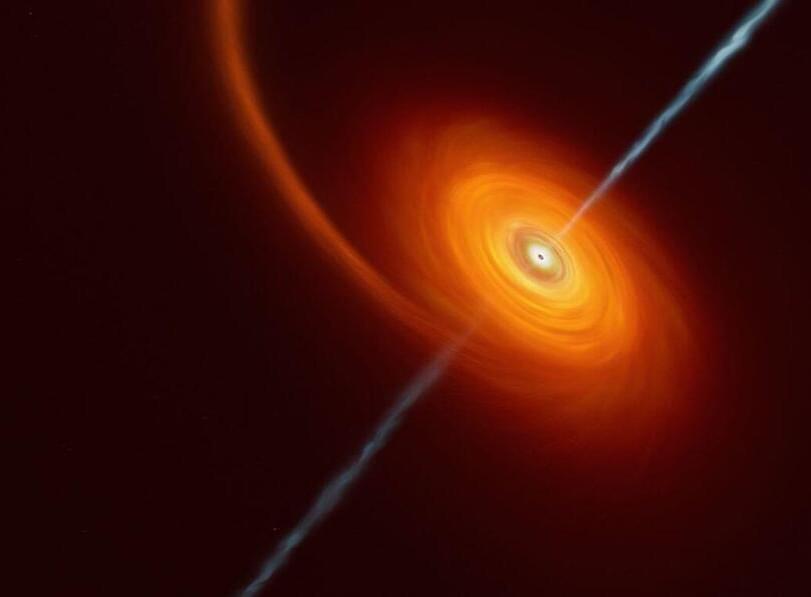Nov 12, 2024
Google DeepMind open-sources AlphaFold 3, ushering in a new era for drug discovery and molecular biology
Posted by Genevieve Klien in categories: biotech/medical, chemistry, genetics, robotics/AI
Google DeepMind has unexpectedly released the source code and model weights of AlphaFold 3 for academic use, marking a significant advance that could accelerate scientific discovery and drug development. The surprise announcement comes just weeks after the system’s creators, Demis Hassabis and John Jumper, were awarded the 2024 Nobel Prize in Chemistry for their work on protein structure prediction.
AlphaFold 3 represents a quantum leap beyond its predecessors. While AlphaFold 2 could predict protein structures, version 3 can model the complex interactions between proteins, DNA, RNA, and small molecules — the fundamental processes of life. This matters because understanding these molecular interactions drives modern drug discovery and disease treatment. Traditional methods of studying these interactions often require months of laboratory work and millions in research funding — with no guarantee of success.




 How organisms age is a question with broad implications for human health. In mammals, DNA methylation is a biomarker for biological age, which may predict age more accurately than date of birth. However, limitations in mammalian models make it difficult to identify mechanisms underpinning age-related DNA methylation changes. Here, we show that the short-lived model plant Arabidopsis thaliana exhibits a loss of epigenetic integrity during aging, causing heterochromatin DNA methylation decay and the expression of transposable elements. We show that the rate of epigenetic aging can be manipulated by extending or curtailing lifespan, and that shoot apical meristems are protected from this aging process. We demonstrate that a program of transcriptional repression suppresses DNA methylation maintenance pathways during aging, and that mutants of this mechanism display a complete absence of epigenetic decay. This presents a new paradigm in which a gene regulatory program sets the rate of epigenomic information loss during aging.
How organisms age is a question with broad implications for human health. In mammals, DNA methylation is a biomarker for biological age, which may predict age more accurately than date of birth. However, limitations in mammalian models make it difficult to identify mechanisms underpinning age-related DNA methylation changes. Here, we show that the short-lived model plant Arabidopsis thaliana exhibits a loss of epigenetic integrity during aging, causing heterochromatin DNA methylation decay and the expression of transposable elements. We show that the rate of epigenetic aging can be manipulated by extending or curtailing lifespan, and that shoot apical meristems are protected from this aging process. We demonstrate that a program of transcriptional repression suppresses DNA methylation maintenance pathways during aging, and that mutants of this mechanism display a complete absence of epigenetic decay. This presents a new paradigm in which a gene regulatory program sets the rate of epigenomic information loss during aging.












